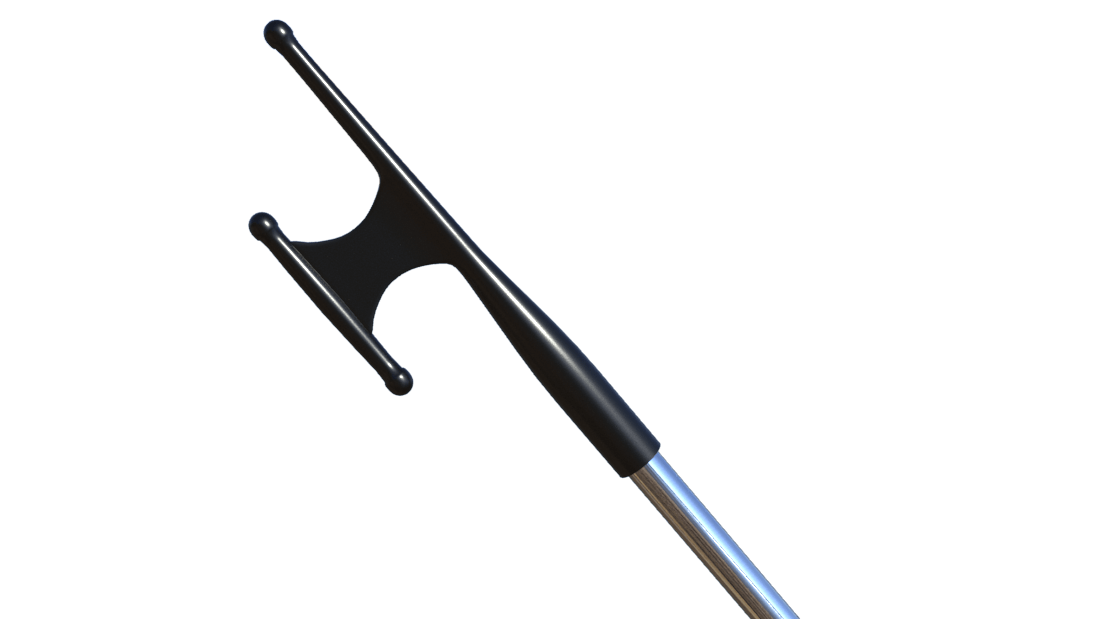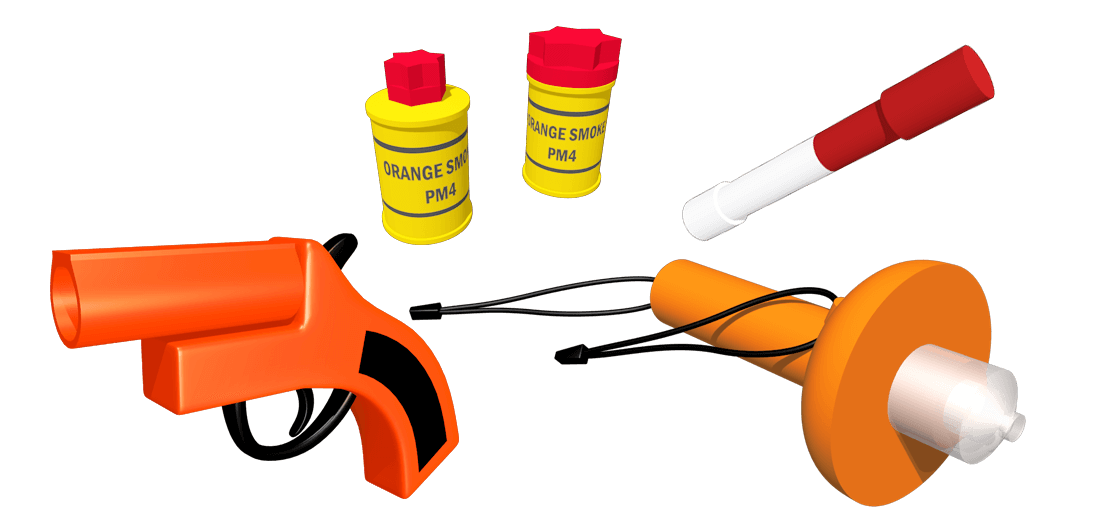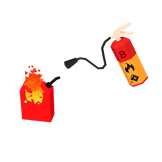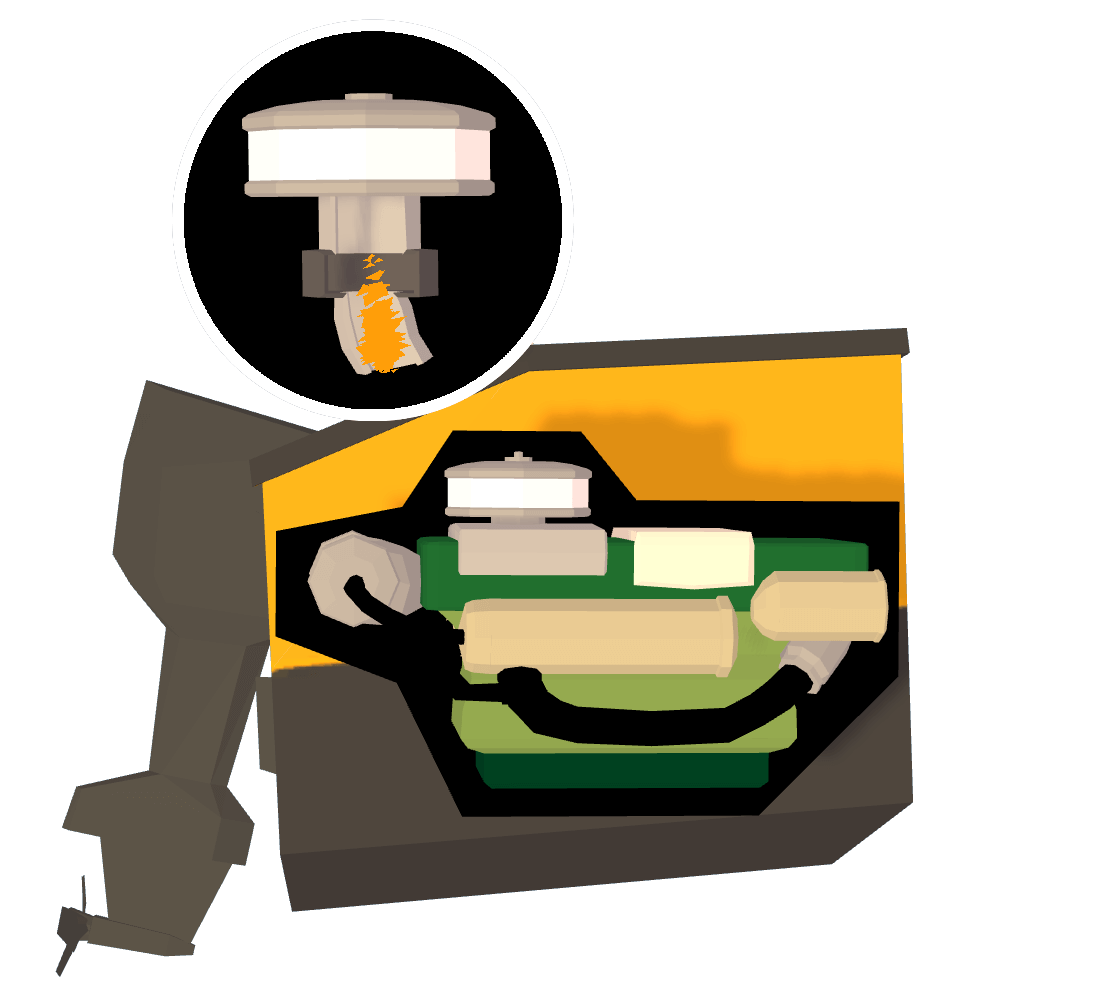What safety equipment is required onboard all boats? What does US Coast Guard required for all vessels?
All boats are required to carry certain equipment. Most items must be approved by the U. S. Coast Guard and kept in good condition and used only for their designated purpose.
U.S. COAST GUARD MINIMUM REQUIREMENTS FOR RECREATIONAL BOATS |
||||
|
EQUIPMENT |
Boats less than 16ft/4.9m |
16 to less than 26 ft/7.9m |
26 to less than 40 ft/12.2m |
40 to not more than 65 ft/19.8m |
Personal FlotationDevices(PFDs) |
One approved Type I, II, III or V (must be worn) PFD for each person on board or being towed on water skis, tubes, etc. Check state laws for PFD wearing requirements for children and for certain water craft and sports. |
One approved Type I, II or III PFD for each person on board or being towed on water skis, etc.; and one throwable Type IV device. ( A type V PFD may be used in lieu of any wearable PFD if approved for the activity in which the boat is being used. A TYPE V HYBRID MUST be worn to be legal.) |
||
Bell, Whistle
|
Every vessel less than 65.6 ft. (20 meters) in length must carry an efficient sound producing device. Check state regulations that may vary. |
On Federally controlled waters, every vessel 65.6 ft. (20 meters) or larger in length must carry a whistle and a bell. They must be audible for 1 nautical mile. |
||
Visual Distress Signals
|
Required to carry approved visual distress signals for night-time use. |
Must carry approved visual distress signals for both daytime and night-time use. |
||
Fire Extinguisher
|
One B-I type approved hand portable fire extinguisher. (Not required on outboard motorboats less than 26 ft in length if the construction of the motorboat is such that it does not permit the entrapment of explosive or flammable gases or vapors, and if fuel tanks are not permanently installed.) When a fixed fire extinguishing system is installed in machinery spaces it will replace one B-I portable fire extinguisher. |
Two B-I type OR one B-II type approved portable fire extinguishers. |
Three B-I type OR one B-I type PLUS one B-II type approved portable fire extinguishers. |
|
Ventilation systems(Boats built on or after 8/1/80)
|
At least two ventilation ducts capable of efficiently ventilating every closed compartment that contains a gasoline engine and/or tank, except those having permanently installed tanks that vent outside of the boat and which contain no unprotected electrical devices. Engine compartments containing a gasoline engine with a cranking motor are additionally required to contain power operated exhaust blowers that can be controlled from the instrument panel. |
|||
Ventilation systems(Boats built before 8/1/80)
|
At least two ventilation ducts fitted with cowls (or their equivalent) for the purpose of efficiently and properly ventilating the bilges of every closed engine and fuel tank compartment using gasoline as fuel or other fuels having a flashpoint of 110 degrees or less. Applies to boats constructed or decked over after April 25, 1940. |
|||
Back-fire Flame Arrestor
|
One approved back-fire flame arrestor on each carburetor of all gasoline engines installed after April 25, 1940, except outboard motors. |
|||
In addition to all the equipment that the USCG requires, certain equipment and supplies just make common sense to have. The following are items that should be carried aboard:
VHF Radio

Anchor and ground tackle
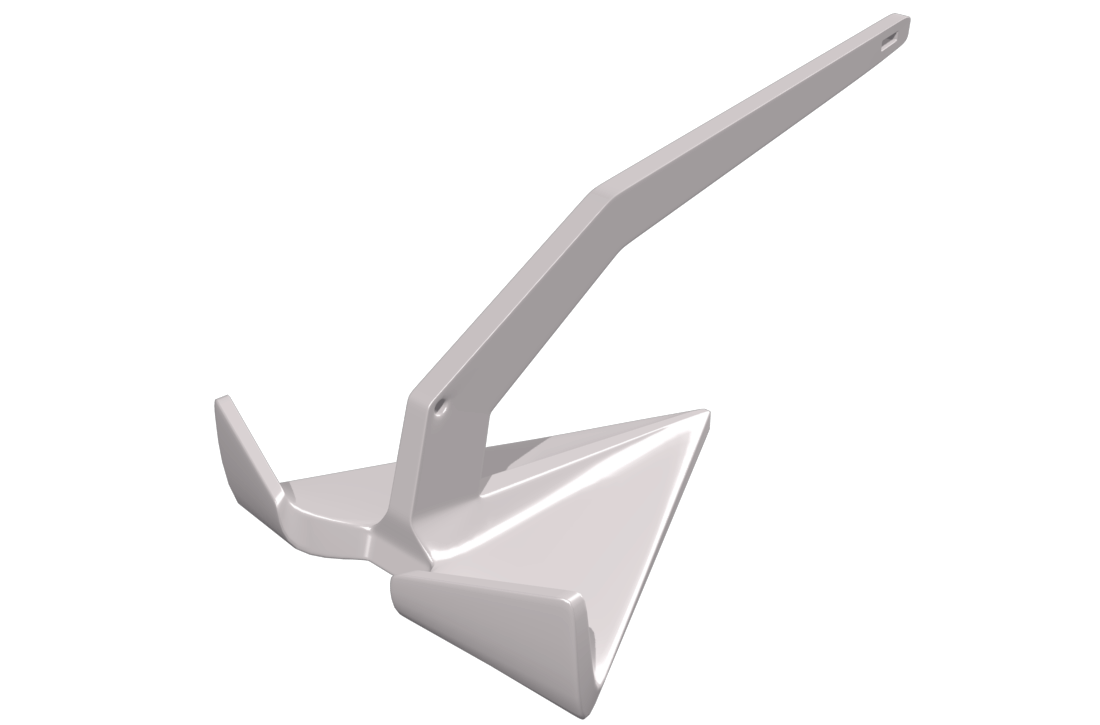
Bilge Pump and or bailer

Charts and navigation publications
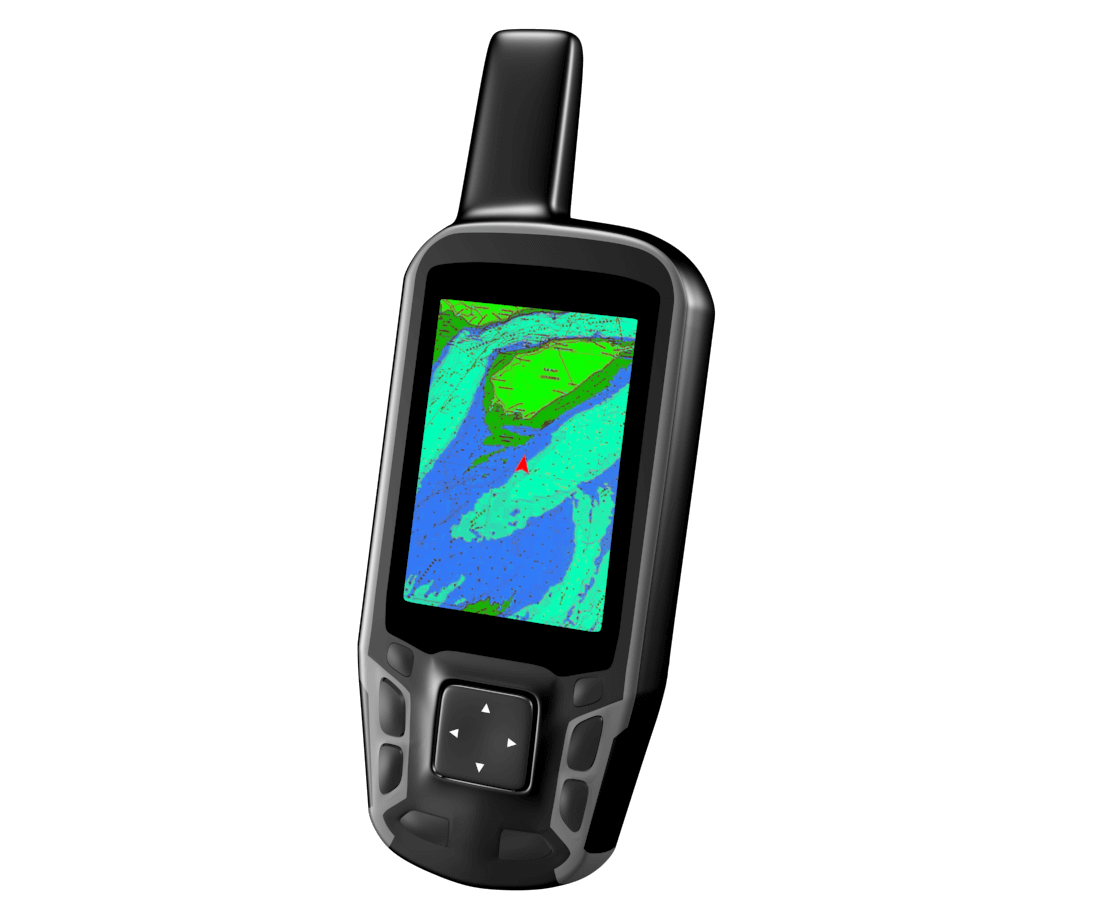
Compass
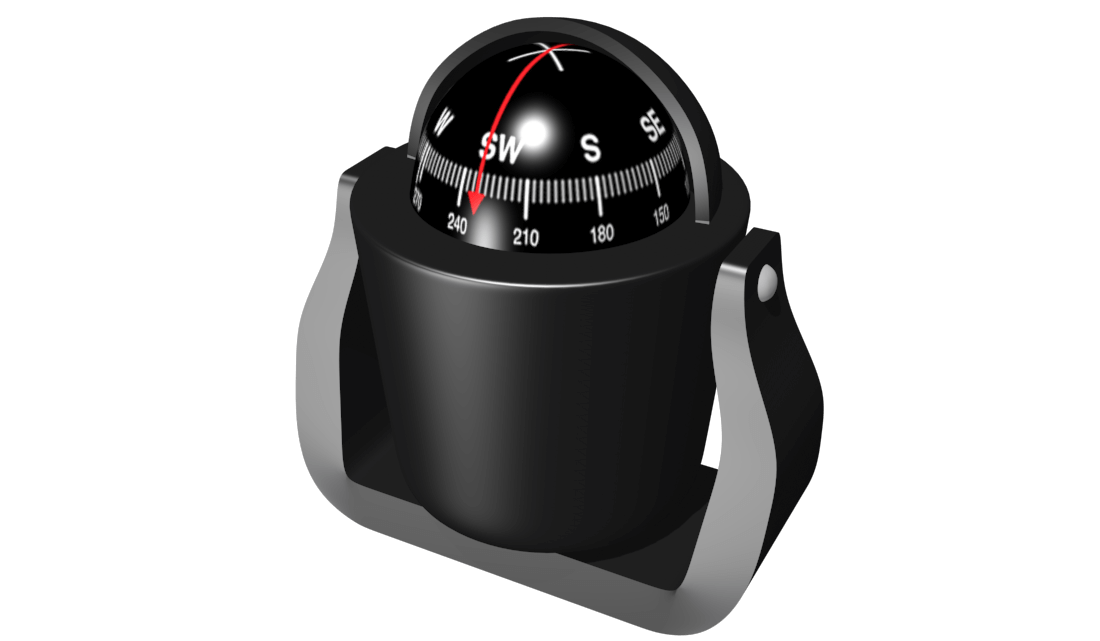
First aid kit
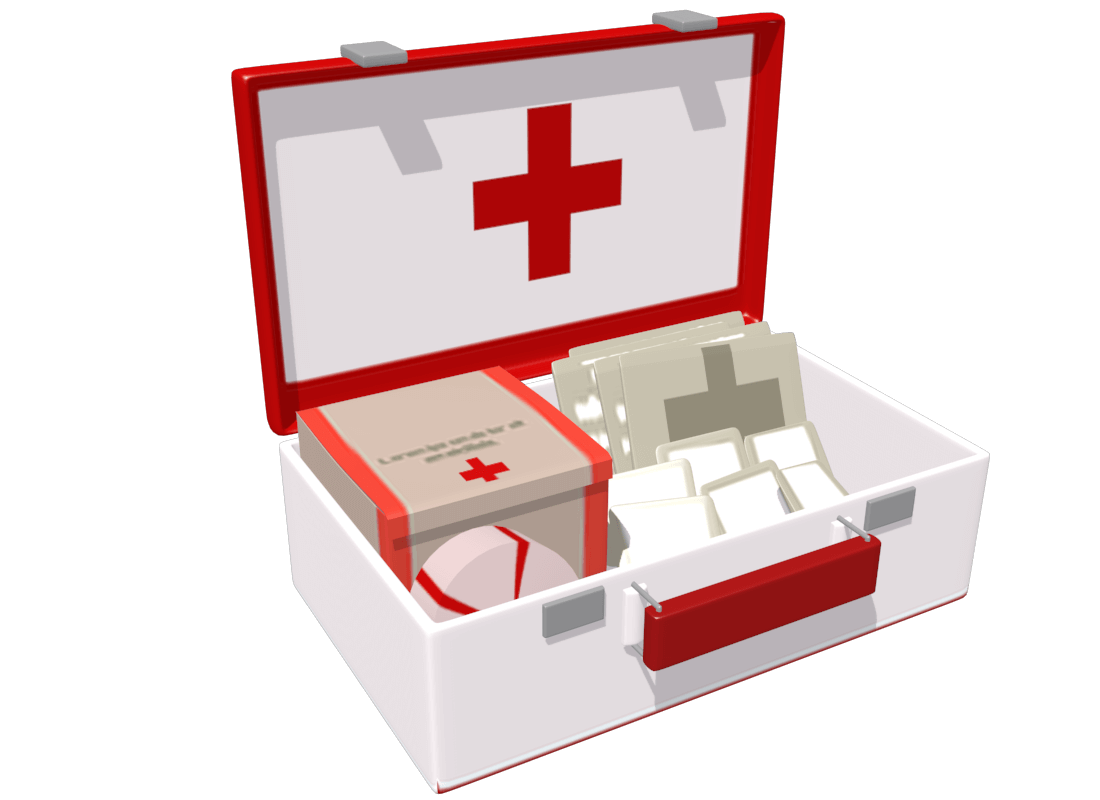
Flashlight and searchlight

Fenders
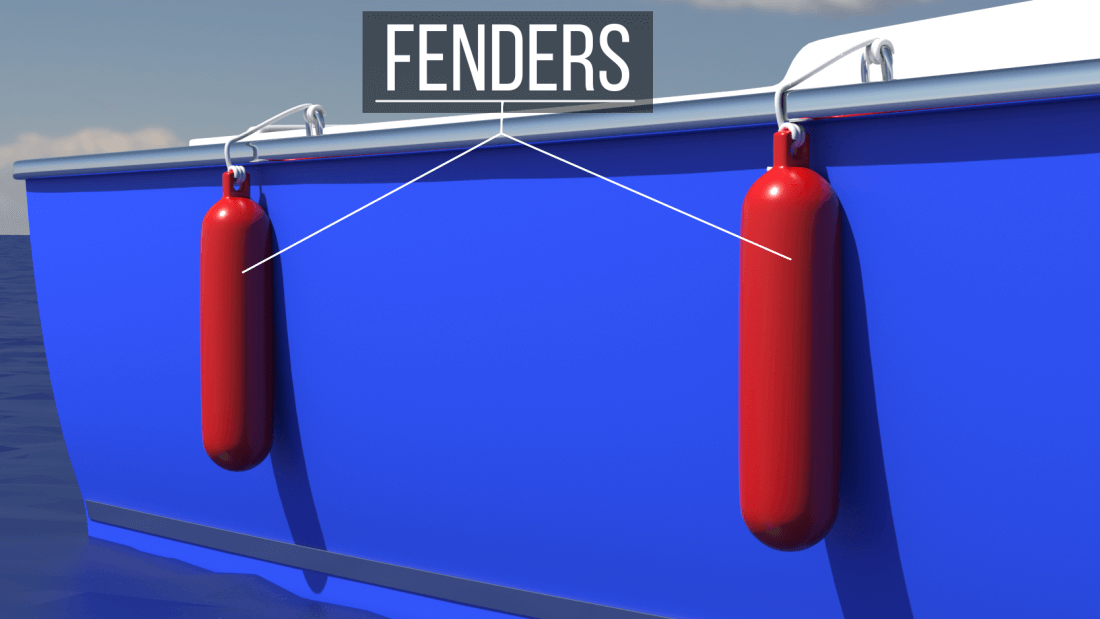
Lines

Boat hook
